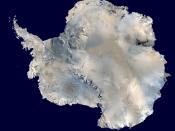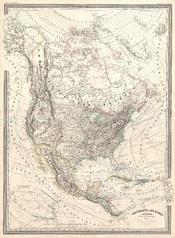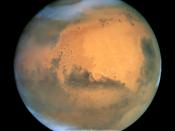Over the past fifty or more years, there has been much discussion over the effect of global warming on the earth. Though much of this discussion was mostly hype or hoax, there is one effect that can cause considerable change to the earth's environment: the melting of the ice caps. There are basically four important ice caps: the polar ice caps, which are the north and south pole, the Greenland ice caps, and the South African ice caps.
When the melting of the polar ice caps is discussed, it usually gives people to image of the ice caps literally melting and thawing. However, most of the ice caps are too cold for the ice to actually melt there. However, the increase in temperature causes the glaciers to become weaker and crack, and as a result ice burgs are more prone to break off and fall into the ocean. The ice bergs, in accordance with basic physics, displace an amount of water equal to their weight in order to stay afloat.
Though the rise in ocean levels caused by a single iceberg may be imperceptible, the displacement of the increasing amount of icebergs is causing ocean levels to gradually rise.
What affects do melting ice caps have on the earth? Well, there are several. First and foremost, it causes the ocean levels to rise. Sure, it might sound like a really great way to get larger waves, but rising ocean levels could completely submerge coasts, a tricky problem, because most of the world's largest cities are placed near the coast to allow port trading. Accordingly, there would be much less usable land on the earth, as much of it would be submerged. Another problem is that the glaciers contain prehistoric germs. Unlike humans, germs can easily come back to life...


